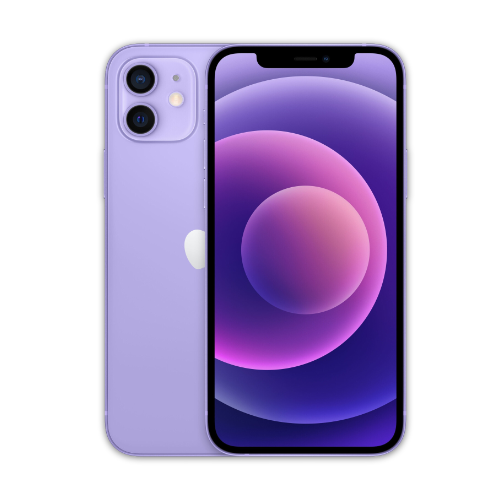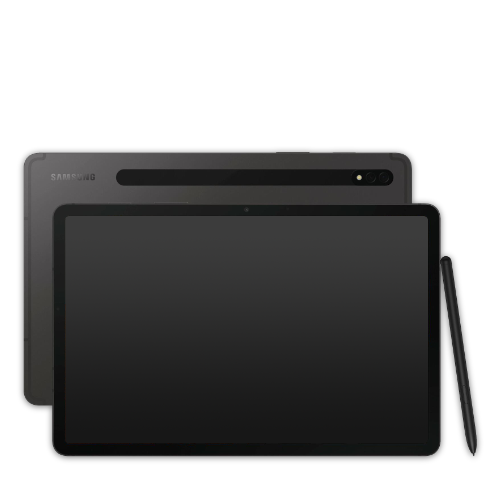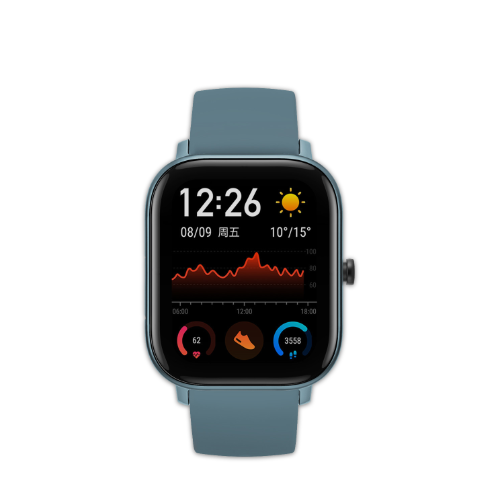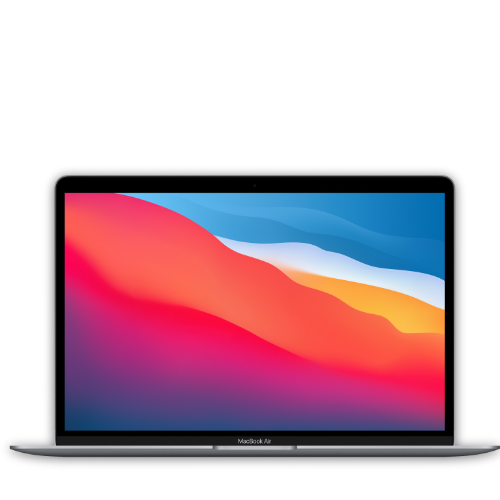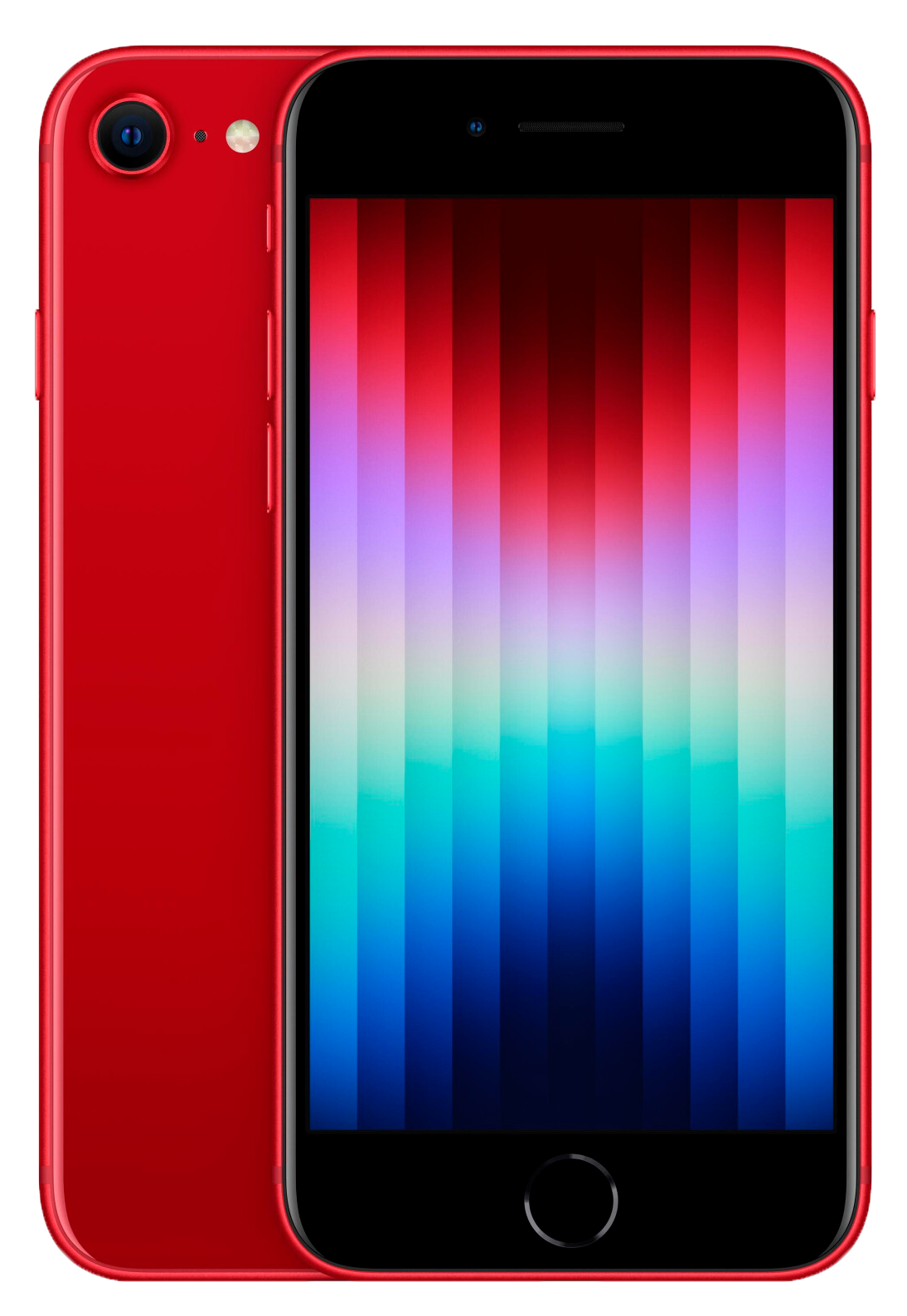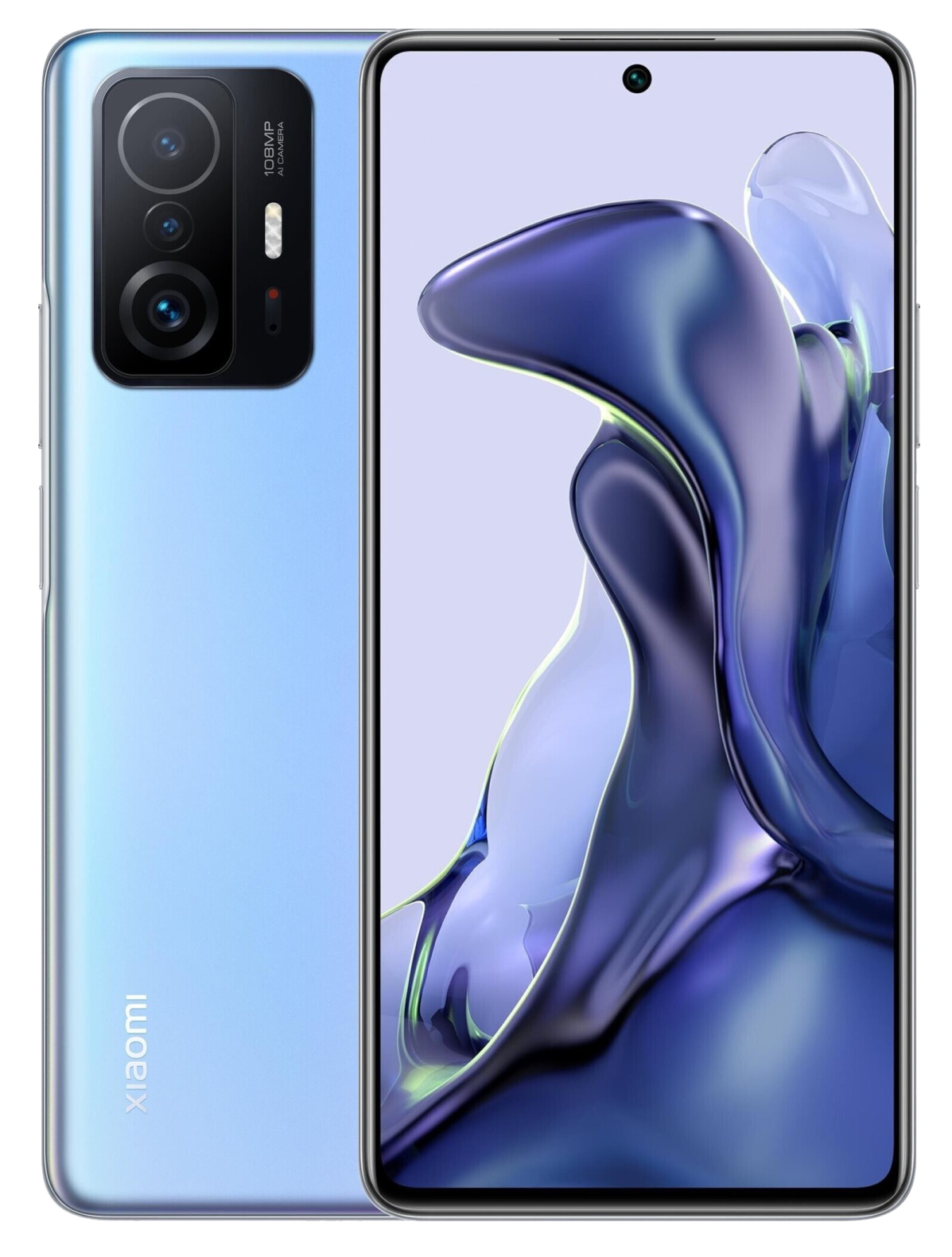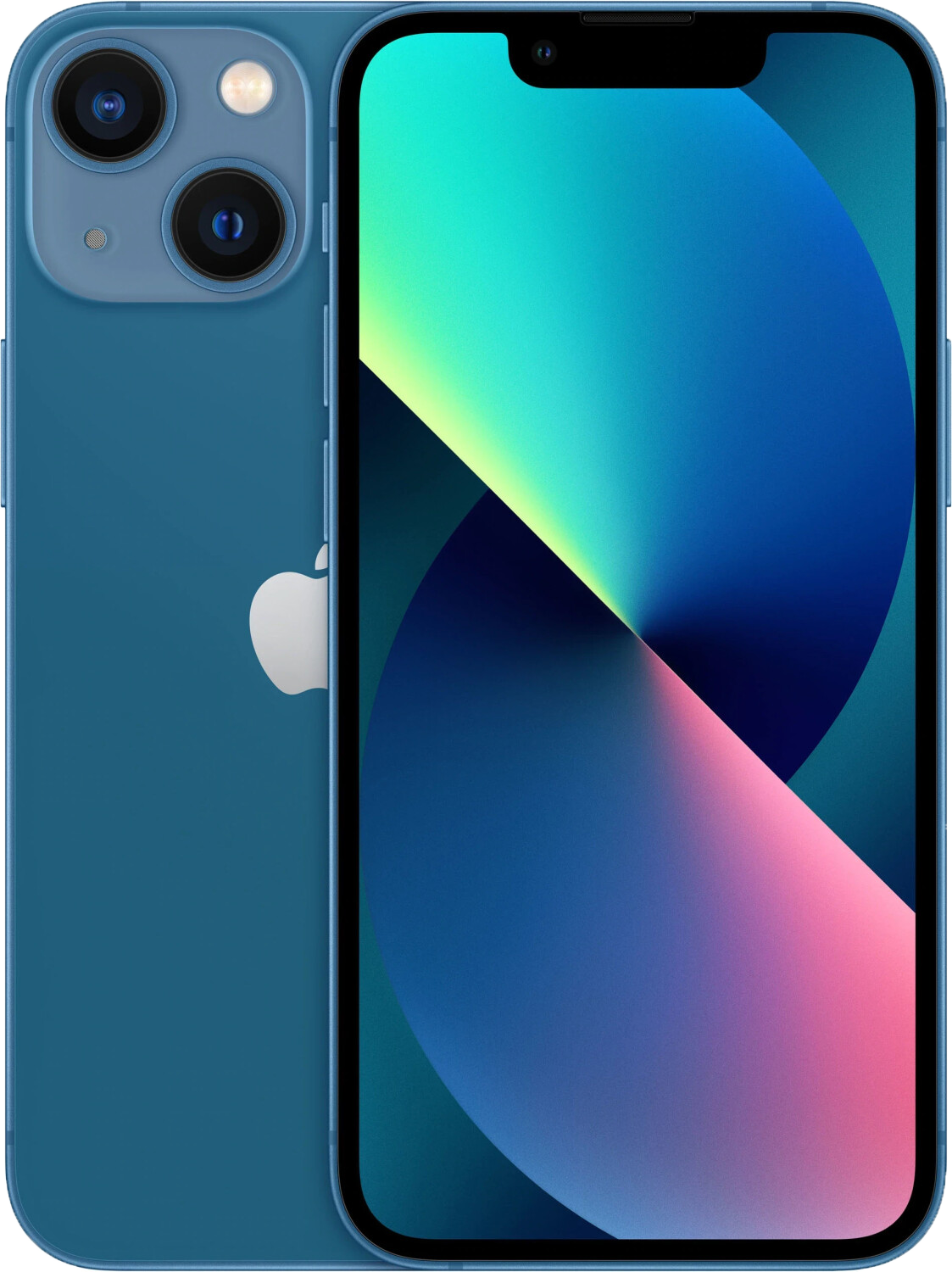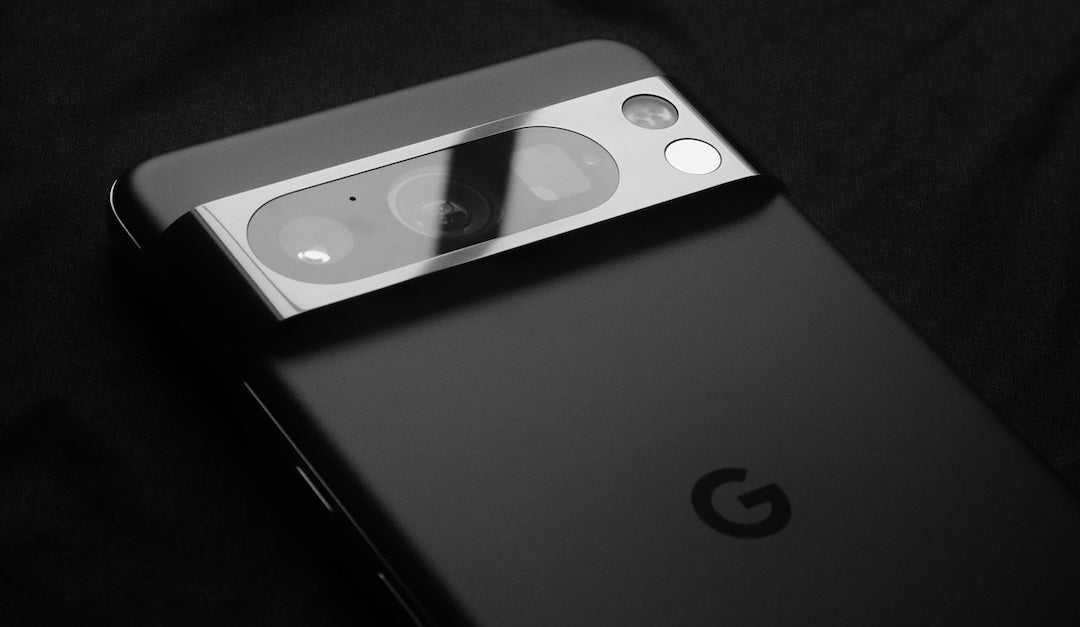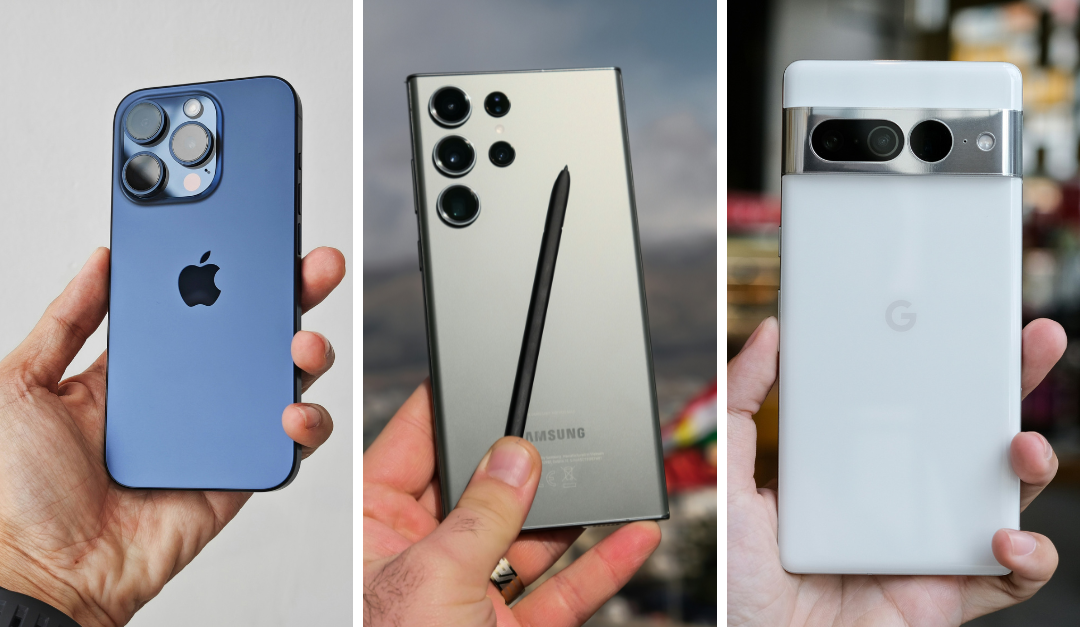Are you about to buy a new smartphone and aren't sure whether it has to be the latest flagship model? In the smartphone world, there is a trend that prices are constantly rising, especially for high-end smartphones. This raises the question of whether this investment is really necessary. Spoiler: It doesn't always have to be the most expensive smartphone to enjoy satisfactory performance and good features.
In this article, let's take a closer look at what constitutes the mid-range. We'll explain what technical features and functions you can expect and what a mid-range smartphone has to do these days to be considered as such. We'll also guide you through a selection of current models that prove that you can still get a lot for less money.
What defines a mid-range smartphone?
What exactly characterizes a mid-range smartphone? These devices are usually priced between 400 and around 600 euros. They often have a lot to offer: New models like the Google Pixel 8a, for example, come with high-quality features such as AI software and processors that you normally only find in expensive flagships. On the other hand, there are also older flagship models, such as the iPhone 13 (Pro), which slip into the mid-range after a few years and become real bargains - perfect for anyone looking for top technology at fair prices!
What you should pay attention to before buying
Mid-range smartphones now offer many high-end features, including advanced camera systems, fast processors and impressive battery life. They also include many of the same technologies that were previously only found in the most expensive models.
Before you buy, however, you should be clear about what you want to use your phone for. Be it gaming, photography or a phone with a long battery life. Each model has its strengths, but you also have to accept compromises, especially in the mid-range. Mid-range smartphones are worth considering if you are looking for a good balance between cost and modern technology.
Processor and performance comparable to flagships
One of the key factors for a phone's performance is a good combination of processor and RAM. In the mid-range, processors often offer impressive performance that can effortlessly handle both everyday tasks and more demanding challenges.
These processors are found in the mid-range
Many mid-range smartphones are now equipped with high-end processors. Occasionally, manufacturers also use the top processor from the previous year, which was only available in the premium models.
A current processor that can be found in many mid-range phones is the Qualcomm Snapdragon 7+ Gen 3. The processor offers strong performance that is comparable to the Snapdragon 8 Gen 3 used in flagships. The 7+ Gen 3 processor offers similar performance in everyday use, but is not as powerful as its bigger brother when it comes to intensive applications or games.
At Apple, however, the situation is somewhat different: the mid-range mostly includes processors that are already a few years old and were once used in flagship smartphones.This includes the A15 Bionic chip, which is used in smartphones such as the iPhone 13, iPhone 13 mini and the iPhone 13 Pro. Of course, the A15 Bionic is less powerful and less efficient than Apple's new chips - in comparison, this chip still performs well and masters all standard tasks effortlessly, and the A15 Bionic also manages more intensive tasks such as video editing or gaming without any major problems.
Smooth performance in everyday life
Users can expect a mid-range smartphone to deliver smooth performance that supports almost all daily needs such as surfing the internet, playing high-quality videos and playing current games with appropriate settings. The devices should be able to load apps quickly and run smoothly without lagging or stuttering. Even more demanding applications such as image or video editing software should work without any further problems on phones in this price range.
Mid-range smartphones have improved significantly in recent years and are increasingly catching up with the high-end in terms of processing power. This makes them an excellent choice for tech enthusiasts who don't necessarily need the latest flagship model but still value good performance.
Storage options RAM and internal memory
In mid-range smartphones, storage and RAM play an important role. Nowadays, most of these smartphones have enough RAM, so you usually don't have to worry too much about the technical details. If you still want to pay attention, you can search for terms like "LPDDR5 RAM", which indicates a more efficient and powerful memory variant.
With iPhones, however, you don't need to worry about RAM because Apple doesn't disclose this information and their systems are generally very efficient. As long as you don't buy an older iPhone (more than two to three years old), you don't have to worry about it.
When it comes to internal storage, you should make sure that you have at least 128 GB available. 256 GB or even 512 GB are nice, but not absolutely necessary in the mid-range. These capacities offer additional convenience, but are not absolutely necessary for most users in this price range.
High-resolution and smooth displays
The display is one of the most important elements of a smartphone. Mid-range smartphones have seen significant improvements in this area in recent years, making them even more attractive.
resolution in the middle class
Smartphones in this price range often come with Full HD displays, which offer a resolution of at least 1920 × 1080 pixels. This resolution is ideal for watching videos, surfing the web and playing games, as it delivers clear and sharp images. Some models even offer a higher resolution with QHD (2,560 x 1,440), which allows for even more detailed images - this means that these displays come very close to flagships.
Refresh rate: importance for an optimal display experience
Another important aspect of a good display is the refresh rate. A higher refresh rate ensures smoother movement, which is particularly beneficial when scrolling through websites or playing graphics-intensive games.Not only does it improve the visual experience, but it also makes the interaction with the device more responsive. In the mid-range, most Android smartphones have a refresh rate between 90 and 120 Hz. Unfortunately, Apple still has a refresh rate of 60 Hz as standard in mid-range smartphones. An insider tip: take a look at older Pro series, because since the iPhone 13 Pro, these devices have all had a very good display with 120 Hz.
battery life and charging speed
A good battery life is particularly beneficial on long days. In the mid-range, there are now devices that are not only equipped with large batteries, but also offer advanced charging technologies. As a rule, the larger the battery, the better the battery life.
Typical capacity and charging speeds for mid-range smartphones
Most mid-range smartphones today come with a battery capacity of up to 5000 mAh. This high capacity allows users to easily run their device for a whole day with average use without having to look for a power outlet. With economical use, the battery life can even be up to two days.
Modern smartphones, even in the mid-range, are now quite large and therefore offer space for larger batteries. This ensures impressive battery performance that meets the demands of everyday use.
A lot has happened in the area of charging in recent years. Many mid-range models support fast charging technologies, which significantly speed up battery charging. However, there are differences between manufacturers:
Chinese manufacturers like Xiaomi and OnePlus often offer extremely fast charging speeds that can reach up to 67W or more. With such speeds, the battery can be charged from 0 to 100% in well under an hour.
In contrast, other manufacturers such as Apple, Samsung and Motorola also offer fast charging but at slightly lower speeds. Here, charging speeds of 18W to 25W are typical. These differences mean that charging takes a little longer with these brands, but this is offset by other advantages such as software optimizations and brand quality.
The five popular smartphones in the mid-range
Now, in this section, we'll take a look at five of the latest mid-range smartphones. We'll highlight the pros and cons of each model and help you make a well-informed purchasing decision.
Google Pixel 8a (unveiled in May 2024)
Advantages:
- Powerful Google Tensor G3 processor: This chip offers excellent performance and efficiency, ideal for multitasking and demanding applications.
- Improved camera quality: Equipped with the same main camera as the Pixel 7A as well as an ultra-wide-angle camera, the Pixel 8a takes impressive photos. It has already held its own in blind tests against other top flagship smartphones.
- Updated display: The 6.1-inch pOLED display offers 40% higher peak brightness and a refresh rate of up to 120 Hz, ensuring a smooth and clear visual experience.
- Long software support: Google guarantees seven years of updates, including operating system, security and feature drop updates, which increases the longevity and security of the device.
- Versatile color options: The Pixel 8a is available in new vibrant colors like Aloe and Bay, in addition to the classic Obsidian and Porcelain.
- Increased storage capacity: Available in a new 256GB variant, alongside the standard 128GB version, it offers more storage space for users.
Disadvantages:
- Inconsistent assistant integration: The Pixel 8a introduces the new Gemini Nano assistant, which creates some inconsistency with the existing Google Assistant. This could be confusing for users until Google consolidates the various assistant services.
- Price-performance ratio compared to the Pixel 8: Priced at $500, the Pixel 8a isn't much cheaper than the Pixel 8, which retails for $550 and offers better specs like a higher-quality display, larger sensors, and faster charging times.
- No clear advantage over previous models: Since the improvements are rather minor compared to the Pixel 7A, users may feel that the upgrade is not significant enough to justify the higher price.
Google Pixel 7a
Advantages:
- Powerful Google Tensor G2 processor: Perfect for users who value an optimized Android experience and excellent camera performance.
- Bright and smooth 90 Hz OLED display: Provides a pleasant visual experience, even in direct sunlight.
- IP67 dust and water protection: Provides increased protection against environmental influences and ensures additional durability.
Disadvantages:
- Fingerprint scanner: The authentication scanner offers security, but works slower than comparable models.
iPhone 13 – The flagship of 2021 that still impresses today
Advantages:
- Powerful A15 Bionic Chip: This chip delivers lightning-fast performance and high efficiency, ideal for gaming and demanding apps.
- High-quality camera: Equipped with features such as night mode and portrait mode, it enables impressive photos in a variety of lighting conditions.
- Long battery life: Optimized for extended use without frequent charging.
- Attractive, modern design: Available in different colors to suit every taste and guarantee a stylish appearance.
Disadvantages:
- No 120 Hz display: Unlike the Pro models, the iPhone 13 only offers a refresh rate of 60 Hz.
Samsung Galaxy A54
Advantages:
- Robust design: The device impresses with a high-quality design, protected by Gorilla Glass 5.
- Good camera equipment: With a 64 MP main camera and additional ultra-wide-angle and macro lenses, the A54 offers versatile photographic options.
- Long software support: Samsung guarantees four years of Android updates and five years of security updates, which increases the longevity and security of the device.
- IP67 certification: Provides protection against dust and water, which further increases the durability of the device.
Disadvantages:
- Heavy housing: At 202g, the A54 is one of the heavier models.
Nothing Phone (2a)
Advantages:
- Unique design with glyph interface: The striking and innovative design stands out from other smartphones and offers a distinctive aesthetic.
- MediaTek Dimensity 7200 Pro 5G: A powerful mid-range processor that delivers a smooth user experience and offers excellent value for money.
- Excellent camera equipment: The 50 MP main and ultra-wide-angle camera enable versatile and high-quality photographs.
- Sustainable design: Reduced carbon footprint and long software support contribute to sustainability and make the device more environmentally friendly.
Disadvantages:
- plastic housing: The lack of premium materials like metal or glass might put off some users who prefer a high-quality feel.
- No eSIM support: The lack of this technology could be detrimental to frequent travelers who rely on the flexibility of eSIM.
Conclusion: Why a mid-range smartphone makes sense
The concept of mid-range smartphones offers an attractive alternative to more expensive flagship models by representing a balanced compromise between cost and advanced technology. These devices often come with high-end technologies that were recently only available in the most expensive models, such as advanced camera systems, powerful processors and impressive battery life.
This is what makes up the middle class:
- price range: 300 to 600 euros, accessible to a wide range of buyers.
- Performance: Suitable for everyday tasks and more demanding applications such as gaming and multimedia.
- Storage options: Up to 16 GB RAM and up to 256 GB internal memory – sometimes expandable with microSD cards.
- Display: Models with Full HD or higher resolutions. Refresh rates of up to 120 Hz for smooth display and operation.
Although mid-range smartphones may have disadvantages compared to some flagships in some areas such as charging speed and flexibility in the operating system, they impress with their excellent value for money and wide accessibility. They are an excellent choice for users who are looking for advanced technology at a reasonable price without having to purchase the latest and most expensive models.
Personal opinion
In my opinion, mid-range smartphones are often one of the best choices. They offer a pleasant combination of modern technology and affordable price. Advances in processor technology and improved display features make them extremely useful for everyday tasks as well as for multimedia applications.
While the lack of fast charging technology and often missing charger in some models can be seen as disadvantages, these are small compromises compared to the high cost and limitations of flagship models. Ultimately, mid-range smartphones are more than sufficient for most users, and I would recommend them to anyone looking for a reliable, powerful and affordable smartphone.

